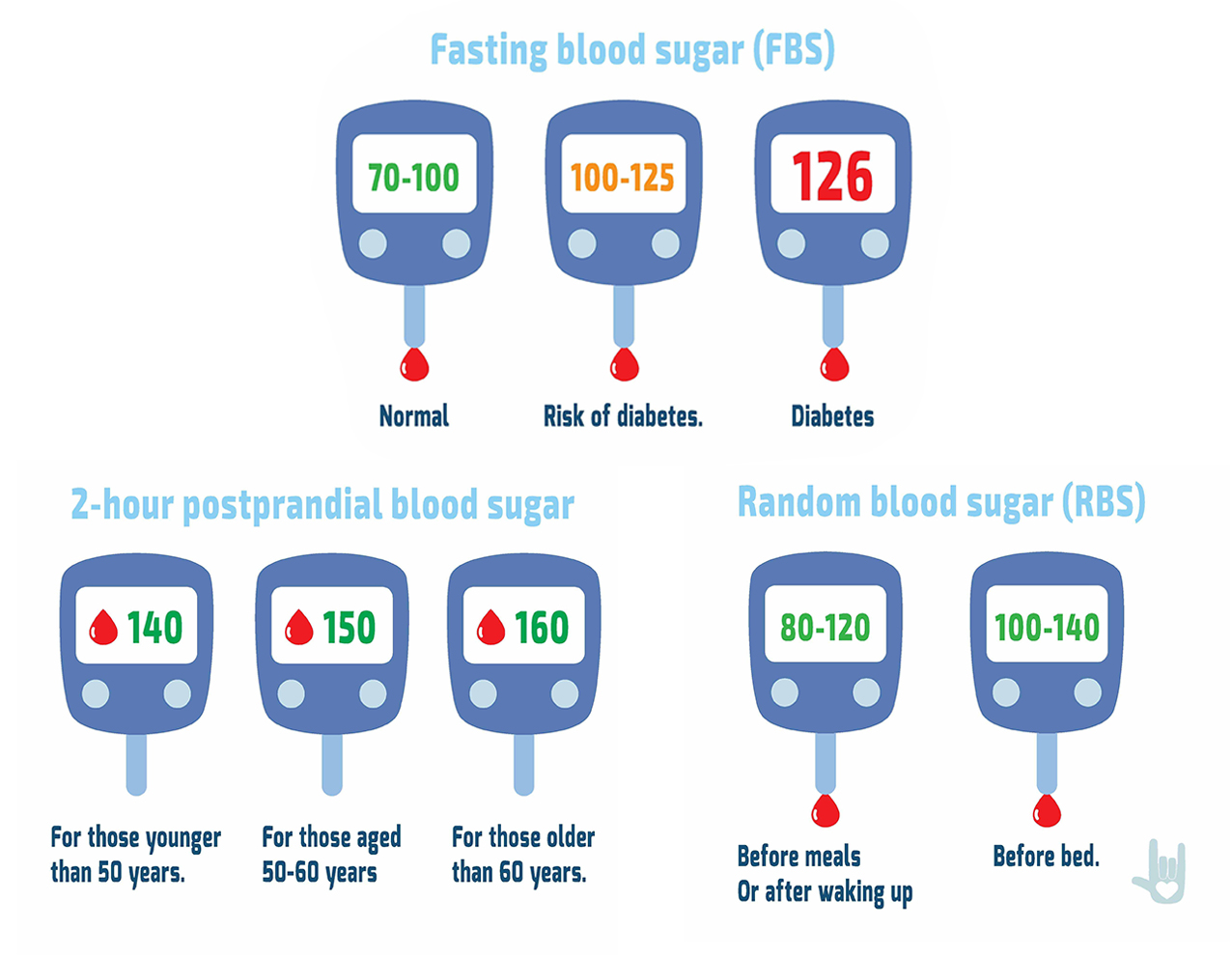Having diabetes, you might wonder what actually normal blood sugar level is. You have taken your medicines regularly, you had exercised, and in fact you have the best glucometer, but those sugar levels have a will of their own.
They fluctuate and you never seem to reach your targets. Why? What are normal blood sugar levels?
This confusion is but natural. It’s also normal.
Causes of blood sugar level fluctuation
- Seasonal changes
- Infections and diseases
- Hormonal fluctuations due to menstrual cycles
- Physical activity or lack of
- Certain medications like antidepressants, nasal decongestants, & diuretics
- Stress
- Irregular sleep patterns
- Use of contraceptives
- Diet
- Consumption of tea, coffee, sodas, energy drinks or even yogurt
- The device used to measure sugar levels (lab vs. glucometer)
Considering that so many factors affect your blood sugar levels, it might perplex you and raise doubts. Is my diabetes treatment working? How to control diabetes at home beyond the clinic?
Let us first reassure you. Though blood sugar levels fluctuate, if they do not go beyond a range you are safe. So what is the prescribed “normal blood sugar level?”
Normal blood sugar levels for people with diabetes
By this time, you may be aware that having a fasting blood sugar level of more than or equal to 126 mg/dL consistently, you have diabetes. However, now that you have diabetes, your targets are specified by your diabetes doctor or endocrinologist.
These targets are different for each person due to age, presence of other disease conditions, presence of cardiovascular diseases, and individual considerations. The general target for people with diabetes according to American Diabetes Association is:
| Time of Blood Sugar level Measurement | Target Range |
| Fasting blood glucose (before breakfast) | 80 to 130 mg/dL |
| Postprandial blood glucose (2 hours after food) | Less than 180 mg/dL |
| HbA1c | Less than 7% |
This does not apply to women who are pregnant
If you are measuring your blood sugar levels using a glucometer or a smartphone glucometer, you have to correlate it with the lab values once in order to check variability between the two values.
This is because even if you are using the best glucometer in India with the best glucometer test strips, you are only drawing capillary blood (from your finger). However in a lab, blood sugar level is measured by drawing venous blood (from the veins of your arm).
One has to note that there is always a small difference in blood sugar levels in capillary and venous blood. A difference of 20% between the laboratory values and the values measured with a glucometer or a smartphone glucometer are accepted by ISO and FDA.
To have a better picture of your blood sugar levels for diabetes treatment at home, accuracy of the glucometer plays a vital role.
Apart from that, knowing how to use your glucometer, storing your glucometer test strips, and correlating readings with your clinic team is important.
For accurate readings, daily interaction with expert diabetes care team, know more about our doctor-connected glucometer.











